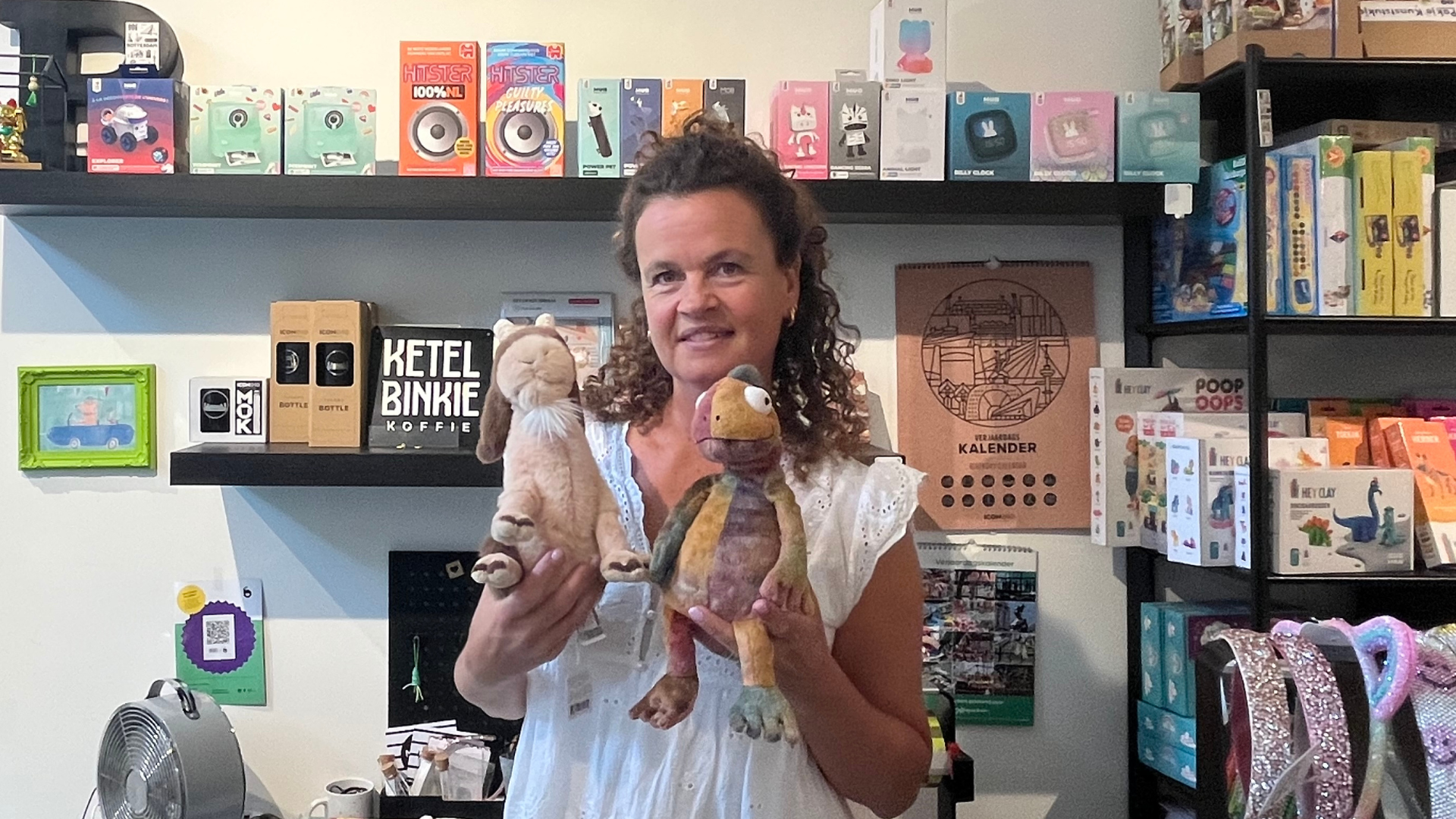We are living in the age of consumerism. However, the increasing awareness of the damage that this way of living does to our planet has led to a new way of thinking. Minimalism has become a trending topic, with many people who have managed to turn their lives around sharing their success stories online.
While we were previously blissfully unaware of the dangers of overconsumption, we now enter an era in which the consequences of this practice are becoming evident. As a result, we are often told that we should “be more with less”. Netflix even released a popular documentary on the topic, in which a sharp critique is given of the ever-lasting ‘hunt’ of the modern consumer.
But what does the term actually mean, and why do its principles resonate with so many people around the world? In this article, we will shortly introduce the topic, after which we will discuss some tips to apply into your own life, namely:
- Think twice before you buy
- Look for creative solutions
- Sharing is caring
An introduction to minimalism
Minimalism is not just about throwing out all your possessions. Some possessions can help you attain important goals in life, and others just make you feel good – an important criterion according to the well-known cleanfluencer Marie Kondo.
However, over the course of our lives, we often accumulate so many items that we start to feel like we have lost control over our lives. Our belongings start to possess us, with the amount of time it takes us to clean, maintain and organise them unnecessarily complicating our lives.
While many people engage in the act of decluttering their homes from time to time, the goal of the minimalist lifestyle is to prevent the necessity of doing so. Minimalists try to consume consciously, only buying what they need without giving into the widely held idea that it is things that bring happiness. It’s simple: if you do not hoard items that you do not need, there will be nothing left to get rid of.
The logic behind minimalism
It seems that a shift is happening from the predominantly materialistic outlook on life to a more modest and value-based view in which we recognise that the important things in life cannot be bought.
Since mankind acquired the means to manufacture at an almost limitless rate, we stopped producing based on a need. Instead, advertisers were urged to find a way to sell the remaining items in stock as quickly as possible. As a result, these products are often presented as the way to cure problems that we did not know we had. In an ever-lasting pursuit of happiness, we have begun to consume almost compulsory, forever chasing the ‘American dream’ while never feeling like we have acquired enough.
However, it has become clear that overconsumption is not only making us unhappy, but that it seriously harms our environment as well. Although it might not feel like it, our resources are finite – and we are nearing a point where we need to seriously change our way of living if we do not want to run out of them soon.
How to live more minimalistic
The first step in living a more minimalist lifestyle is throwing out all the items you do not need or use. In this article, we have shared some tips on how to declutter your living space. We would love to help you with this!
However, how do you prevent ending up right back where you started?
1. Think twice before you buy
We have all been told to think before we buy before, but following up on this advice is often harder than it seems. Do you often leave a store with much more than you intended to buy? Then use these tricks to consume more consciously!

Make a shopping list
If you ask us, the most important thing is making a good shopping list. While many people have a grocery list, it is much less common to make when visiting the mall. However, when you go to the store without one, you can get sidetracked easily. A concise list prevents this, as it helps you to focus on the things you actually need.
Make a wish list
When you do run into an item you are tempted to buy, you can prevent impulse decisions by putting it on a wish list. Then, you should wait a few hours or even days before proceeding to buy it. If you still stand behind your choice at this point in time, you can always go back. However, you will likely find that most purchases are not worth the effort of doing so in retrospect.
Set a budget
A third practice is setting a budget before you enter any store. You can even withdraw the exact amount from your account and leave your cards at home to make sure you keep to this budget. As it is so easy to swipe your card, we are psychologically distanced from the fact that we are spending real money. This makes us more likely to make impulse purchases.
2. Look for creative solutions
You might think that you really need that new shirt when you find yourself with nothing to wear. However, it might surprise you what you can do when you think out of the box.
Project 333 is a great example of doing more with less. This minimalist fashion challenge requires you to wear only 33 items for three months (lingerie, sports- and loungewear excluded). Many participants reported that this forced them to come up with new combinations, reminding them that it is often not a matter of a lacking wardrobe but rather a lack of creativity that left them clueless as to what they should wear!
Applying this principle in other areas, you could for instance try to look up tutorials to make the things you need yourself (did you know that there are many recipes out there to make your own cleaning products?), repair the item that you have rather than replacing it or simply think of a solution to the issue you are facing that requires less materials. A bit of creativity often gets you further than you think!

3. Sharing is caring
Sometimes, you just really need something. However, there are ways to prevent spending a lot of money on an item you are just going to use once or twice. We will discuss some options below.
Ask around in your social network
Before making a purchase, it often pays to ask around if any friends or family members happen to have the item. You would be amazed what people have laying around, while they are likely happy to help you out. You can even offer to pay them a small amount of money – or you might possess something else that they can borrow in return. This may also help you clean out pieces of clothing that you never wear, but cannot get rid of due to an emotional attachment.
- TIP: Does your wardrobe need an upgrade? Organise a clothing swap with friends! It is a fun activity, and seeing someone you love rock that shirt that was in the back of your closet for ages will undoubtedly bring you joy.
Make use of sharing platforms
The rise of platforms gave way to a whole new way of consumption: the sharing economy. There are many platforms out there that enable you to share your possessions with other people. For example, people can rent out their car with Snappcar. Therefore, we recommend you to do some online research before deciding to buy.
Rent from a company
A lot of companies offer subscription services to their customers. Most people know that hardware stores rent out their tools. This might be a good option if you only need it for a specific task. But did you know that you can also rent your bridal gown? Or that there exist subscriptions for children’s clothes, which send you a new set of clothes every time your child goes up a size for a fixed monthly fee?
There are two ways to be rich: One is by acquiring much, and the other is by desiring little.
-Jackie French Koller






.png)


